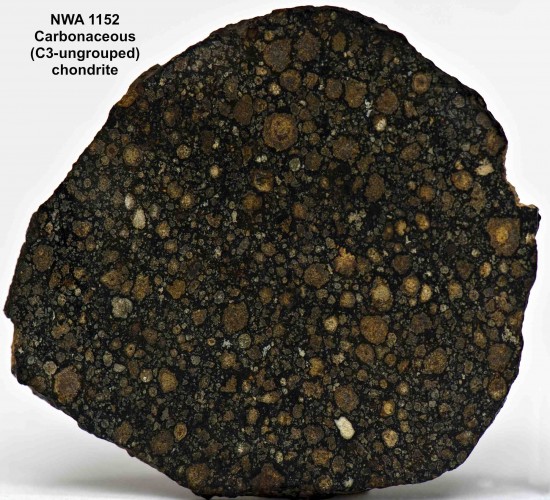What are the three classifications of asteroids and how do they differ?
1 Answer
Carbonaceous, Silicaceous, and Metallic
Explanation:
First, Carbonaceous means that the asteroid is composed mainly of carbon. These asteroids are known as C-Type. C-Type dominates the solar system, with 75% of observed asteroids falling into this class which resides mainly in the outer part of the asteroid belt. These asteroids are very dark with an albedo (reflectivity) of 0.03-0.09.
Carbonaceous asteroids are subdivided into two groups, Chrondrites and Achondrites, which means asteroids with chondrites, and asteroids without. Below is a asteroid with chondrites in it. They are the small globules of rock.
 Center for Meteorite Studies
Center for Meteorite Studies
Silicaceous asteroids are mainly composed of silicates mixed with iron, and are the "stoney" ones (get the post malone joke?).  Wikipedia
Wikipedia
That's how I remember this asteroid class. Anyways, they are moderately bright with an albedo of 0.10-0.22. They are classified as S-type and account for 17% of identified asteroids. They inhabit the inner asteroid belt.
Metallic Asteroids, or asteroids falling under the M-Type classification are the rest of the identified asteroids. These asteroids dominantly composed by iron, are found in the middle of the asteroid belt, and have an albedo of 0.10-0.18.
Hope this helps!

